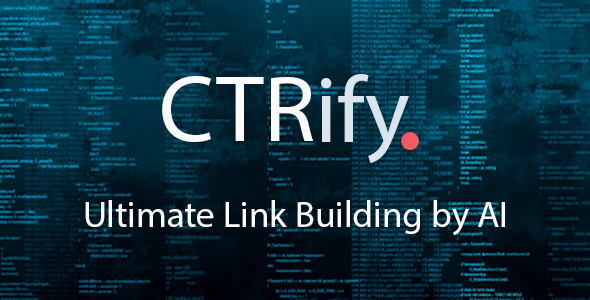There are a handful of SEO tools that have features designed to spot duplicate content. For example, Siteliner scans your website for pages that contain lots of duplicate content. Like I mentioned, if you have lots of pages with straight up duplicate content, you probably want to redirect them to one page. Duplicate content is content that appears on the Internet in more than one place. That “one place” is defined as a location with a unique website address (URL) - so, if the same content appears at more than one web address, you’ve got duplicate content. Taken narrowly, duplicate content refers to very similar, or the exact same, content being on multiple pages within your own website or on other websites.
The words “duplicate content penalty” strike fear in the hearts of marketers. People with no SEO experience use this phrase all the time. Most have never read Google’s guidelines on duplicate content. They just somehow assume that if something appears twice online, asteroids and locusts must be close behind. The wrong version of pages showing in SERPs. That “one place is defined as a location with a unique website address (URL) - so, if the same content appears at more than one web address, you’ve got duplicate content.
It doesn’t matter if you manage a website for a small business or a large corporation; every site is vulnerable to the threat that duplicate content poses to SEO rankings. Having duplicate content can hurt your SEO performance, but it won’t get you a penalty from Google as long as you didn’t intentionally copy someone else’s website. Duplicate content is among the top 5 SEO issues that sites face especially now Google has put its Panda Update into play. Like I mentioned, if you have lots of pages with straight up duplicate content , you probably want to redirect them to one page. Referencing canonicals are an essential part of recognizing and eliminating duplicate content, and self-referencing canonicals are a matter of good practice. In such cases, all the links to the duplicate page are treated as links to the original page (no SEO value is lost).
To add an extra safeguard against content scrapers stealing SEO credit for your content, it's wise to add a self-referential rel=canonical link to your existing pages. With this in mind, the starting point for any webmaster or SEO should be to create unique content that brings unique value to users. So if you’re using the same content for different audiences, be sure to implement hreflang as part of a solid international SEO strategy. If a high-quality site links to a blocked page and if the search engine bots don’t crawl or index that page, you will not get the SEO benefit of that backlink. So what about SEO optimised landing pages? These are copies of exisitng pages, but will have the keywords changed.


